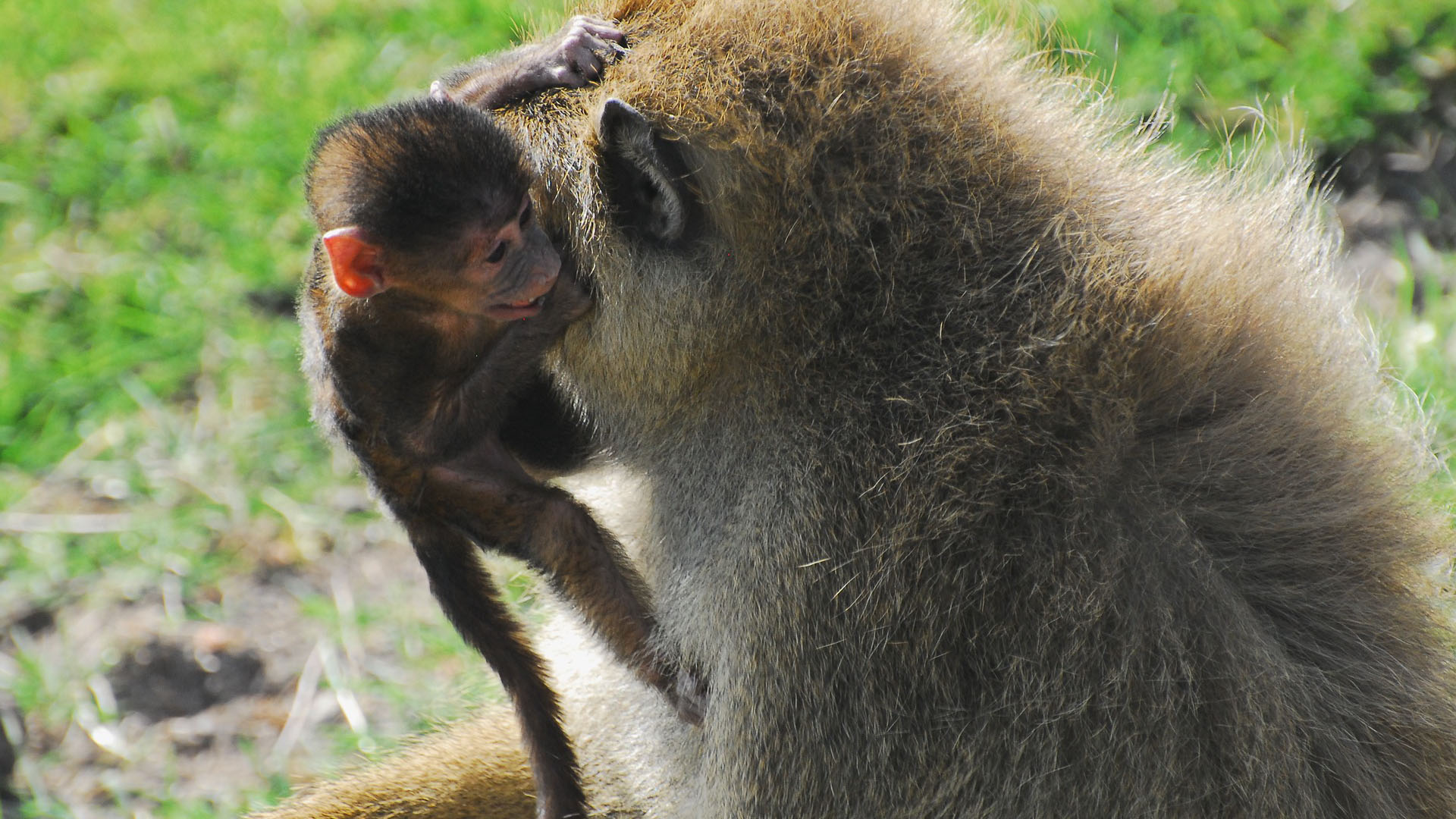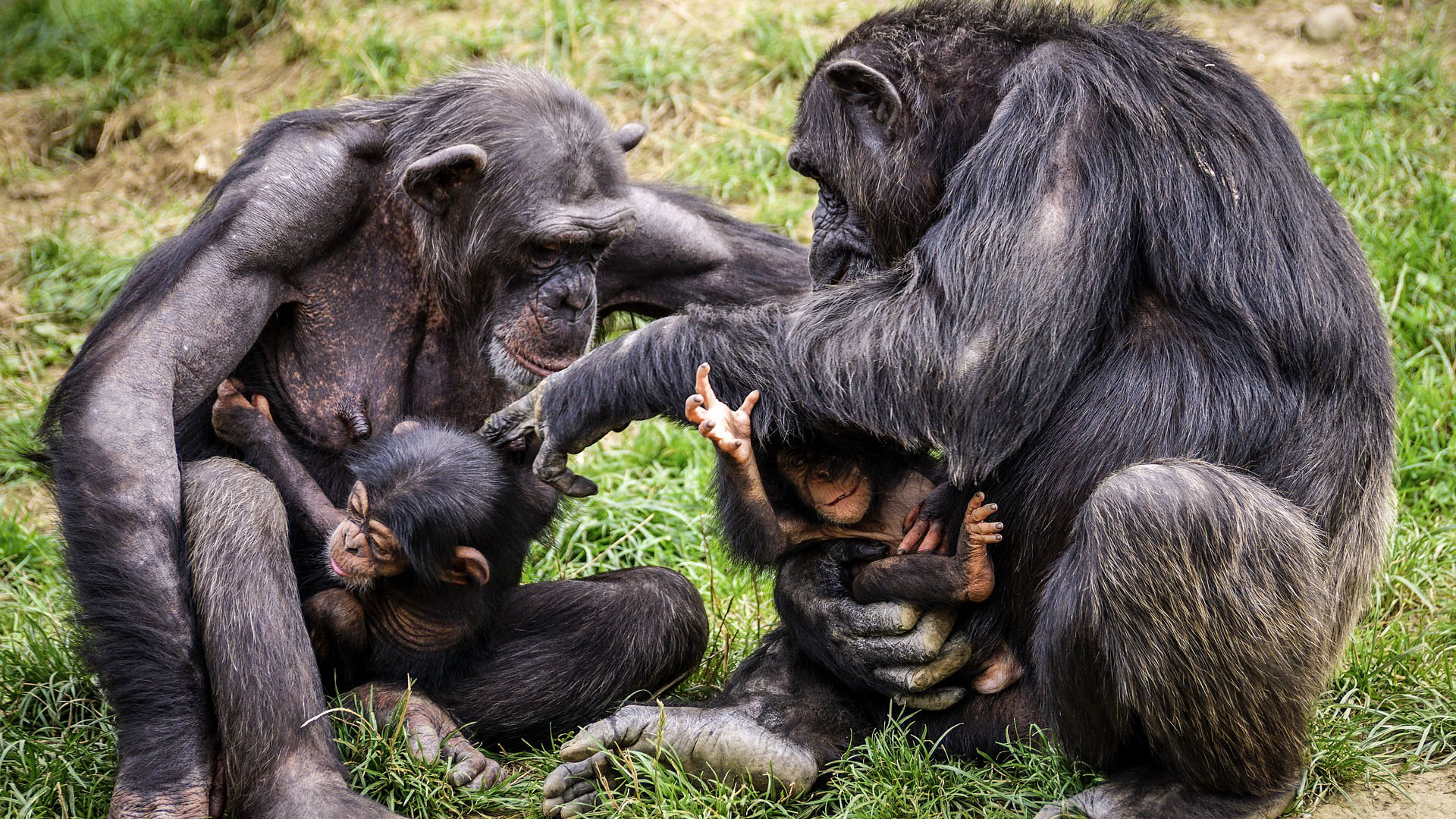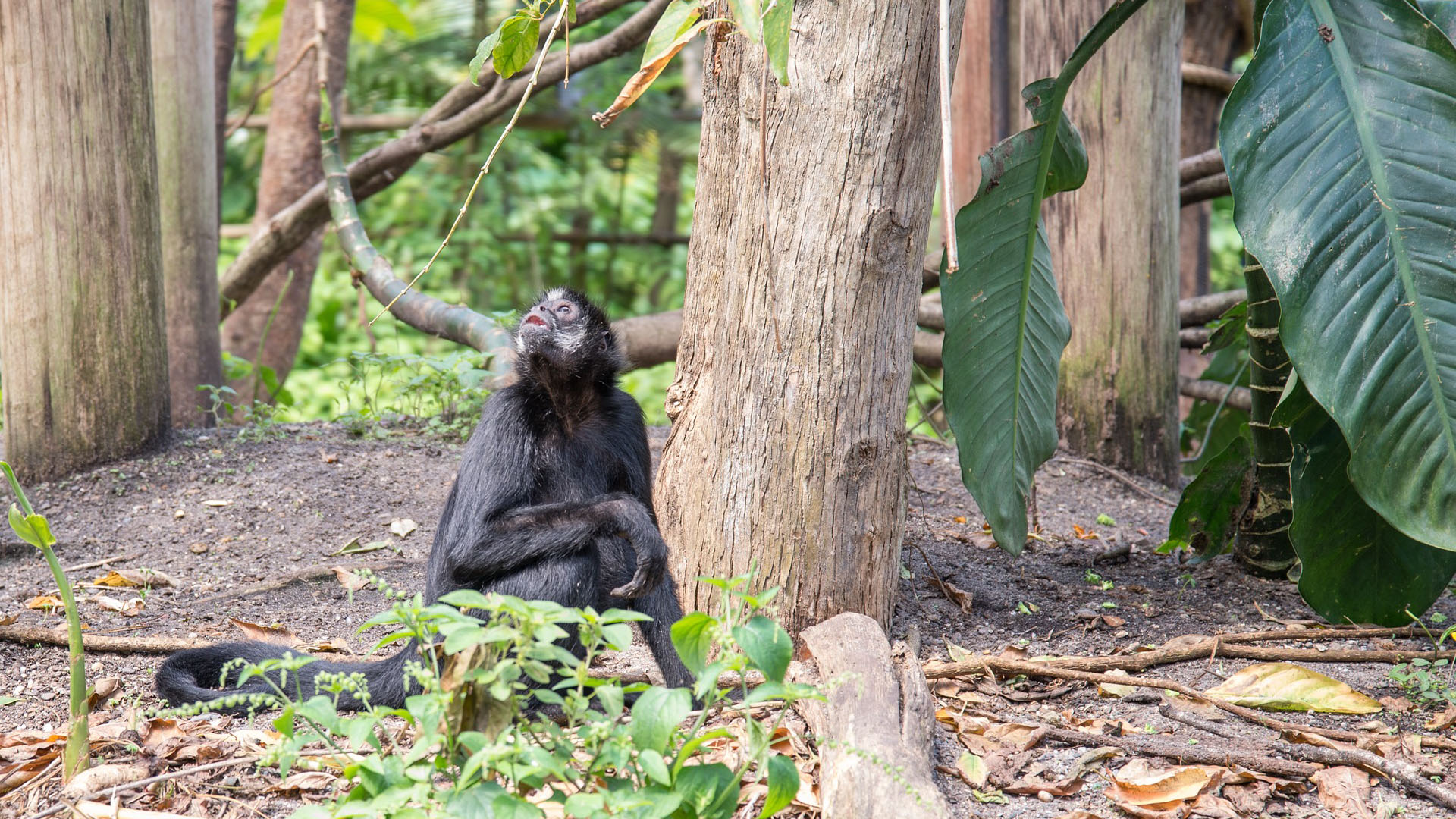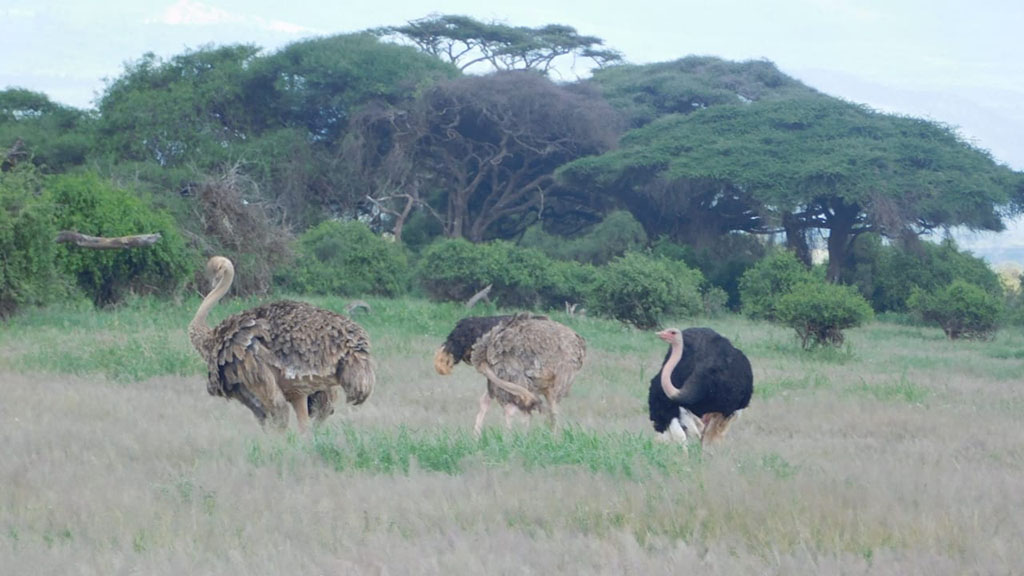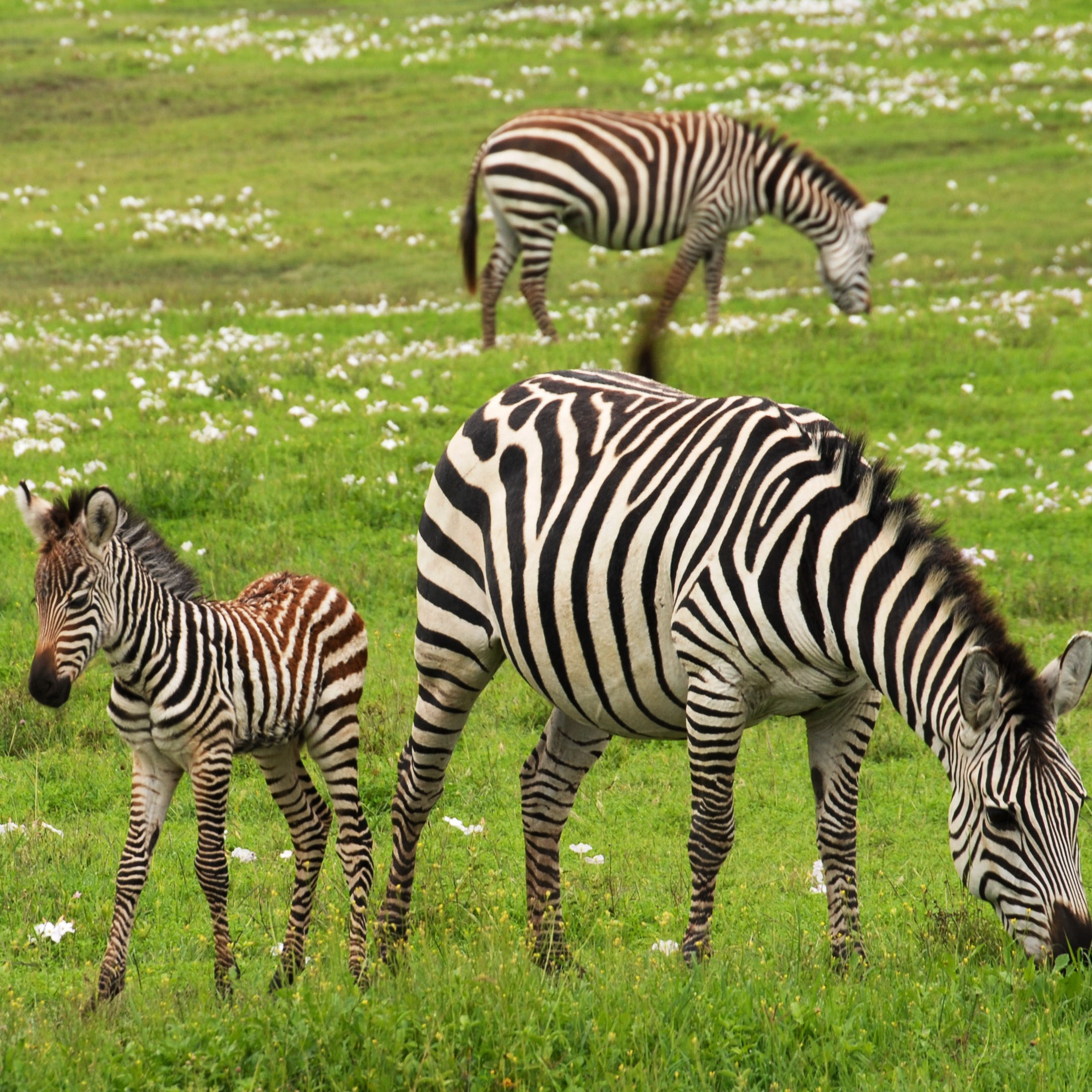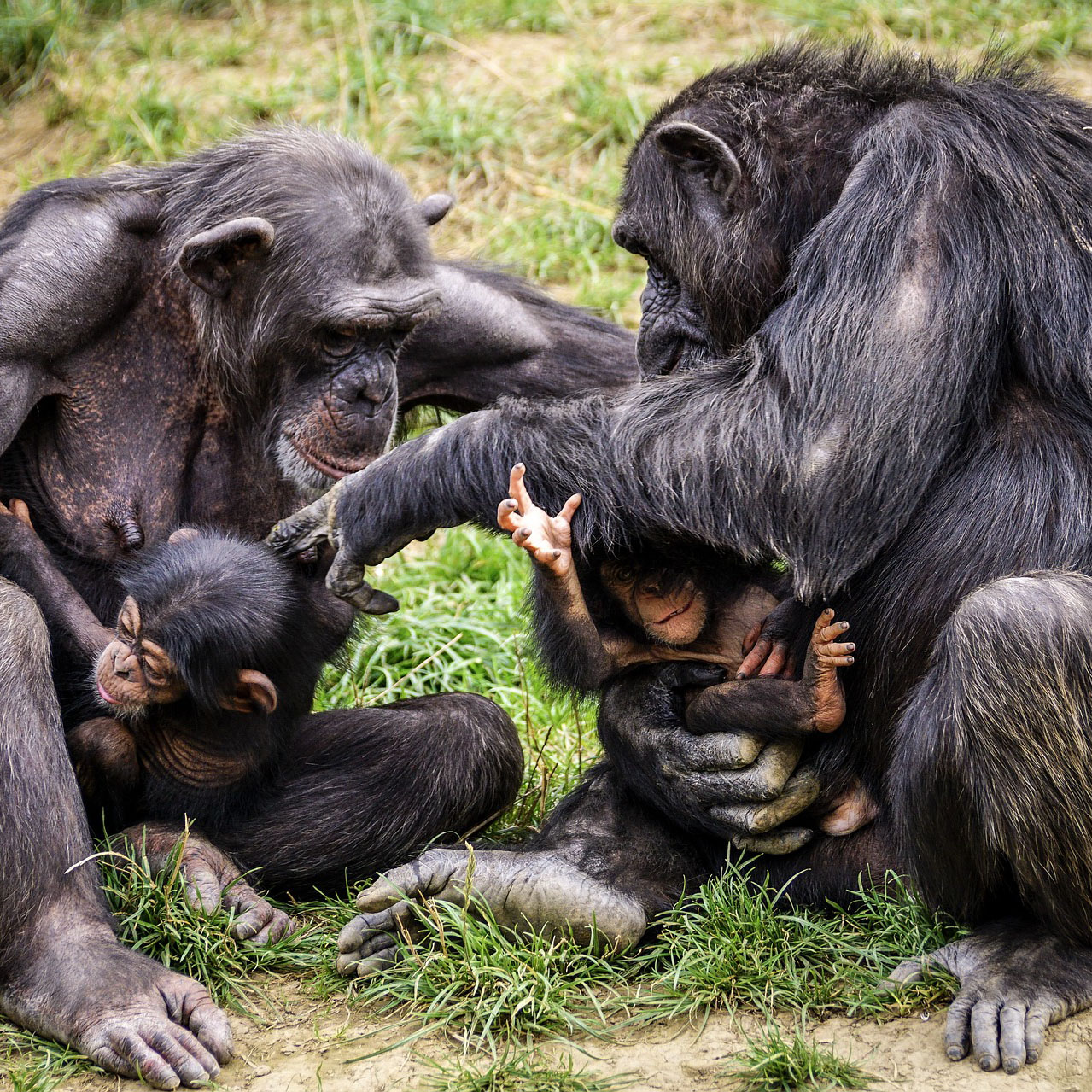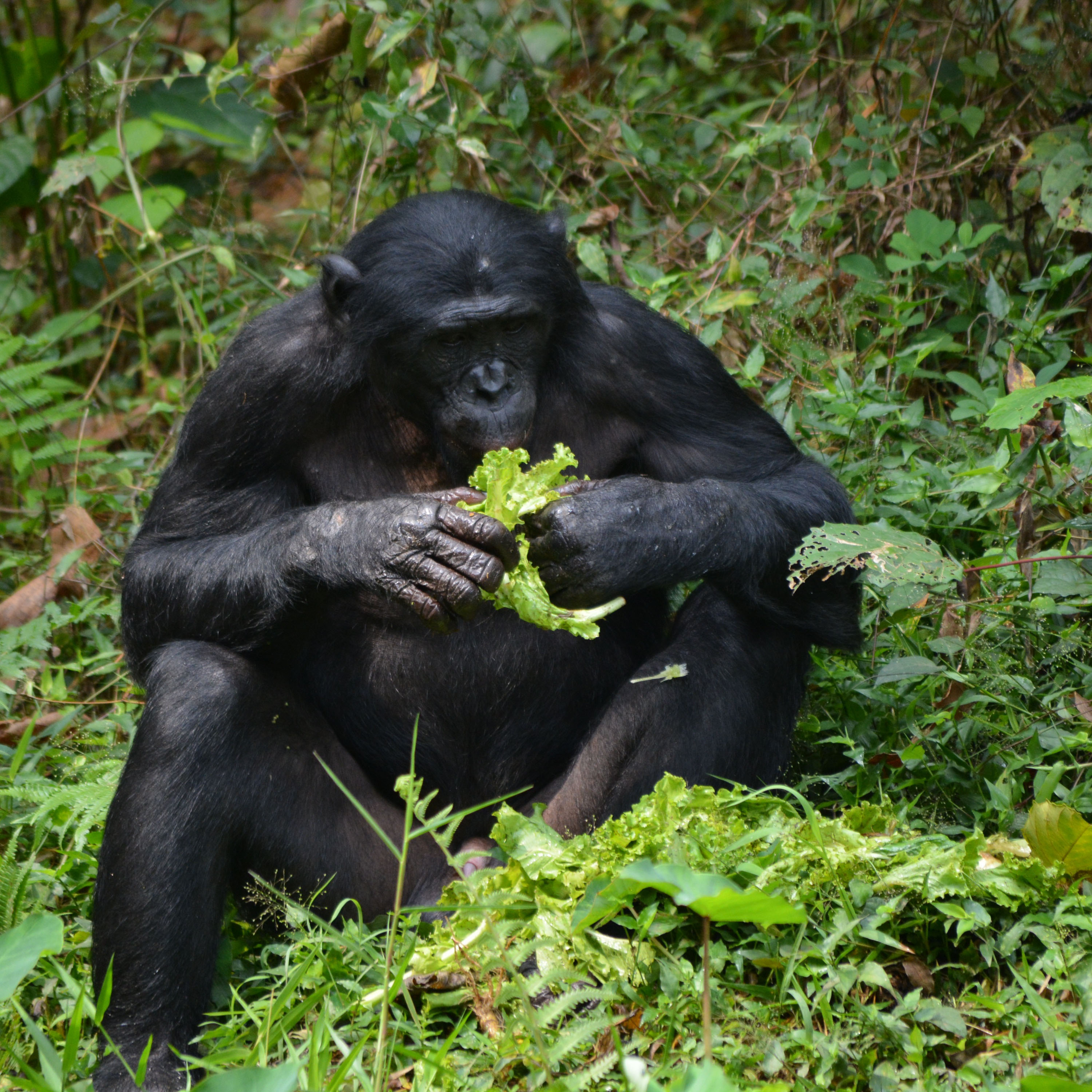Virunga and Murchison National Parks
Virunga and Murchison National Parks
There are two gorilla parks in uganda which are currently being developed for gorilla viewing. The Kigezi gorilla Reserve, [Mgahinga National Park] on the northern rim of the Virunga volcanoes, was once a prime area for gorilla tracking. The only habituated gorilla group crossed to Rwanda last year but is expected to return to its old range in future because of human encroachment, it has been substantially abandoned by the apes in recent years, but some intact habitat still exists there and, with protection, it is possible that gorillas will re-colonize the slopes of Sabinyo and Muhabura volcanoes.A mature male in a relaxed mood
Gorilla Reserve - Murchison National Park
Covering 3,840 square kilometers, Murchison Falls National is Uganda's largest National Park. The park is cut by the Nile and its landscape varies from dense rainforest on the hilly ranges in the SouthWest, to undulating savannah in the NorthWest. The forest shelters many primate species, including chimpanzees, while the river attracts various antelope, buffalo, Rothschild giraffe and elephant. The best terrain for game-viewing is the peninsula between the Victoria
and the Albert Niles, known as the Buligi Circuit. The concentration of animals here is highest, and the lush patches of forest along the waterways and the conspicuous Borassus Palms, dotting the ridges and valleys in-between, add to the attraction of the landscape.
Murchison Falls are a must for any visitor. The most impressive view is from the top, where the Nile narrows from nearly 1,000 feet into a 23 foot gorge and plunges over the lip of the western Rift escarpment. A foot path leads from above the falls all the way to the bottom and offers spectacular viewpoints of foaming waters rushing into the gorge with a deafening roar. In the background, the pacified river winds its way towards Lake Albert. This setting was central to the 19th century search for the source of the Nile by Sir Samuel and Lady Baker, who in 1864 werGorilla at Virungae the first Europeans to see the falls. Their boat was turned over by a hippo, and wearing tweeds, the couple were rejected for food by the local crocodiles.
Sundowner and morning cruises are operated along the river today in a 40 foot steel hull vessel, so that visitors can see the falls and the many elephant that come to the banks to drink. After departing, your captain steers the launch from shore to shore, where hippos can be photographed in huge pods. Every little bay bubbles with their breathing. On sandbanks, huge crocodiles bask in the sun, and along the shores one can often spot giraffe and buffalo in addition. A treeful of pied kingfisher, plus shoebill storks and African skimmers. Other birds you might see include tiny Malachite Kingfisher, the Carmine Bee-Eater, African Fish eagle and the Saddlebill stork. The boat turns around before reaching strong currents, offering an unusual sight of the falls before you begin the return journey. The sun on the riverbanks illuminates the eyes of crocodiles, some nearly 16 feet long.
APPROXIMATE DISTANCE FROM KAMPALA: 300KM
Gorilla Viewing: Main Rules:
• total silence
• no smoking
• no eating
• no pointing or staring directly at the gorilla
• do not stand above the guides height, if he kneels so do you & follow the guides actions at all times
• Move slowly and be calm at all times
• If the 'Silverback' charges DO NOT RUN AND KEEP BEHIND THE GUIDES AT ALL TIMES
• No children under 15 years
The trek to find gorillas can be quite short, but on most days an hour or two of rough hiking each way is necessary.
Damage to the bamboo trees is an obvious sign as the gorillas relish the young tender shoots and break older stems to suck the sap.
The smell of gorilla may waft by in the stray breeze or, if one is really near, it is strong and unmistakable Sounds, which can be remarkably loud crashes or dull reverberating thuds.
Clothing and other information, long-sleeved shirt, strong waterproof walking boots, sturdy trousers, sunglasses, sun screen, sun hat, breathable lightweight rain poncho/parka & rain hat, small backpack to carry water, warm clothes including a fleece or light wool sweater, moisture proof undergarments, lightweight wool socks, gloves recommended to those with sensitive skin or allergy to nettles, Fitness Level: Standard trek is a strenuous hike of between1-4 hours each way, (2-3 hours more usual) tracking in thick forest at heights up to 3,000m traversing steep-sided mountains and ravines can be tough, arduous and wet. Visitors must be fit, in good health and properly equipped.
Health: Anti malaria tablets are essential & visitors should seek current medical advice before travelling; any personal medication required should be carried in hand luggage. Yellow Fever vaccination Warning: gorillas are susceptible to most human diseases and if you are knowingly carrying a contagious disease (especially flu) DO NOT attempt to trek.
Permits: Gorilla Permits are non-refundable except for medical reasons and a medical certificate has to be provided. Gorilla viewing can be denied at short notice because of national park or border closures, security changes or gorillas going out of range. In such circumstances refunds are at the discretion of the authority and are not within the company’sMature silverback gorilla control. Obtaining a gorilla permit is not a guarantee of seeing a Gorilla.
Related packages
